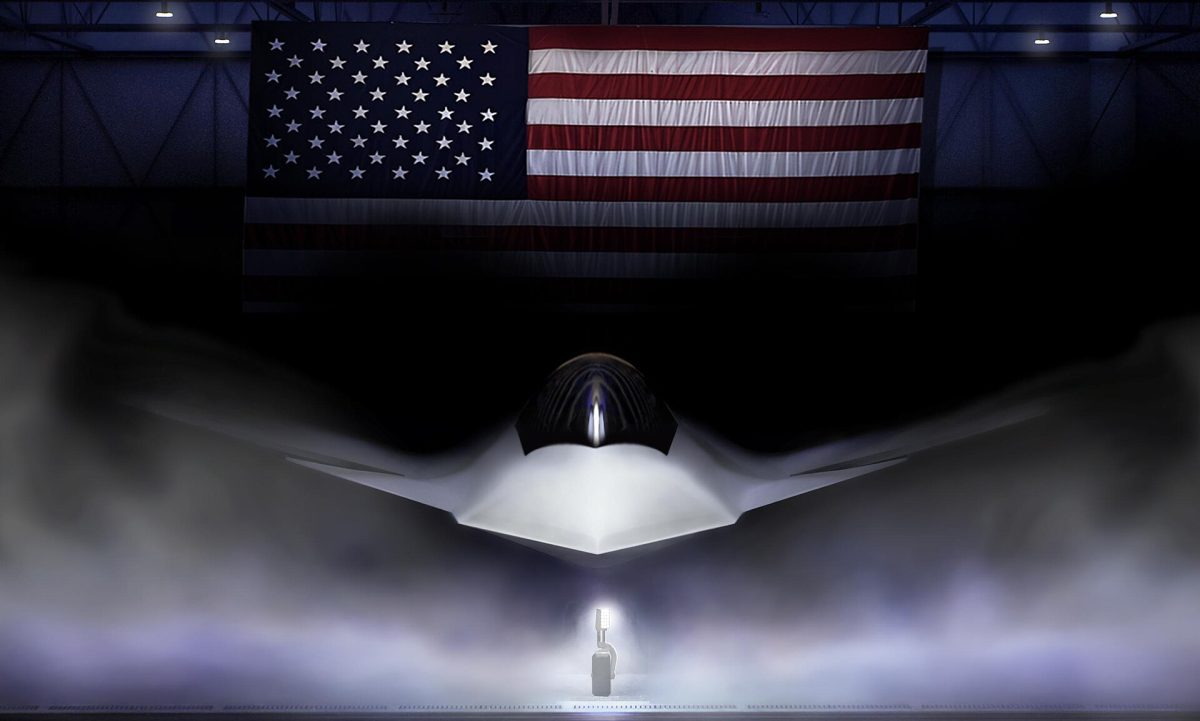Imagine, if you will, a world where pretty much the only books written for the past century are the ones aimed at young children. That means no “Great Gatsby,” no “Catcher in the Rye,” maybe even no “Lord of the Rings” or “Harry Potter.” It would not be very pleasant, for surely there would be stories that could not be told otherwise. Now stop imagining because something very similar to that is happening right now in the real world in the realm of animation.
For far too long animation has been seen, at least in America, as a medium suitable only for entertaining children and families. When adult animation does exist, it is almost entirely represented by satirical comedies like “The Simpsons,” “South Park” and “Family Guy,” which are in many ways just as immature as children’s cartoons. Yes, there are exceptions — Japanese anime, for example, and the works of some independent filmmakers like Ralph Bakshi — but they are far outnumbered by works aimed at children and family audiences.
This view of animation is so pervasive that it has even infiltrated official movie awards. The Oscars have separate categories for Best Picture and Best Animated Picture, and to date only three animated films (“Beauty and The Beast,” “Up” and “Toy Story 3”) have been nominated for Best Picture. Animation, for all its potential diversity, is seen as a genre and not a medium.
“The Incredibles” is just as much an action movie, “Wall-E” is just as much a science-fiction story, and “The Prince of Egypt” is just as much a biblical epic as any live-action movie in those genres. They have other elements, but so do many live-action movies in those same genres. But, you will rarely hear those movies spoken of that way. Instead, to most people they all fall under the generic umbrella of animated films.
Adults who go to animated movies often speak of the experience as “reliving their childhood” or “feeling like a child again.” They never, it seems, give the movies the dignity of being approached simply as movies. Animation is perhaps the most versatile visual medium in the world, and the fact that so many people have such a rigid mindset of what an animated film should be is nothing short of criminal.
What should be done about this injustice? Certainly the major film studios, which release the same formulaic G and PG-rated films every year are not helping. Neither are independent animators, who have the will but lack the budget and marketing strength to reach wide audiences. Unless some brave individual decides to take the risk, American animation may be constrained by its reputation forever.






